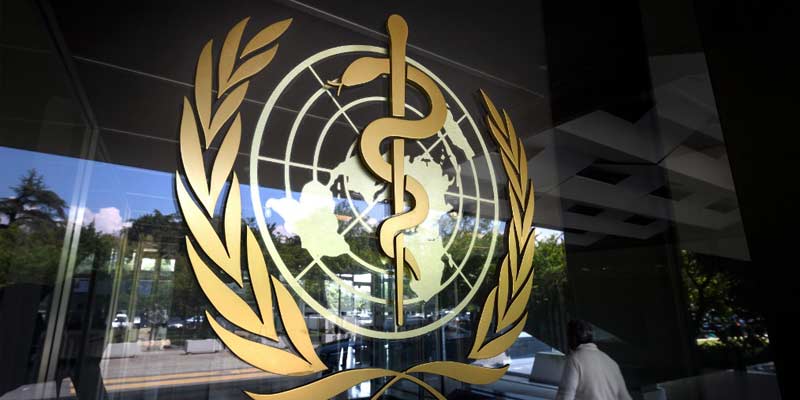- World
- Nov 22
WHO to identify pathogens that could cause future outbreaks
• WHO is launching a global scientific process to update the list of priority pathogens — agents that can cause outbreaks or pandemics — to guide global investment, research and development (R&D), especially in vaccines, tests and treatments.
• WHO is convening over 300 scientists who will consider the evidence on over 25 virus families and bacteria, as well as “Disease X”.
• “Disease X” is included to indicate an unknown pathogen that could cause a serious international epidemic.
• The experts will recommend a list of priority pathogens that need further research and investment.
• The process will include both scientific and public health criteria, as well as criteria related to socioeconomic impact, access, and equity.
• The list was first published in 2017 and the last prioritization exercise was done in 2018.
The current list includes:
• COVID-19
• Crimean-Cong haemorrhagic fever
• Ebola virus disease and Marburg virus disease
• Lassa fever
• Middle East respiratory syndrome (MERS) and Severe Acute Respiratory Syndrome (SARS)
• Nipah and henipaviral diseases
• Rift Valley fever
• Zika
• Disease X.
• Disease X represents the knowledge that a serious international epidemic could be caused by a pathogen currently unknown to cause human disease. The R&D Blueprint explicitly seeks to enable early cross-cutting R&D preparedness that is also relevant for an unknown “Disease X”.
• Targeting priority pathogens and virus families for research and development of countermeasures is essential for a fast and effective epidemic and pandemic response.
• Without significant R&D investments prior to the COVID-19 pandemic, it would not have been possible to have safe and effective vaccines developed in record time.
• For those pathogens identified as priority, the WHO R&D Blueprint for epidemics develops R&D roadmaps, which lay out knowledge gaps and research priorities.
• Where relevant, target product profiles, which inform developers about the desired specifications for vaccines, treatments and diagnostic tests, are developed.
• Efforts are also made to map, compile and facilitate clinical trials to develop these tools. Complementary efforts – such as to strengthen regulatory and ethics oversight – are also considered.
• The list of priority pathogens is developed together with experts in the field, and is the agreed direction for where the global research community needs to invest energy and funds to develop tests, treatments and vaccines.
• The revised list is expected to be published in the first quarter of 2023.
Manorama Yearbook app is now available on Google Play Store and iOS App Store

